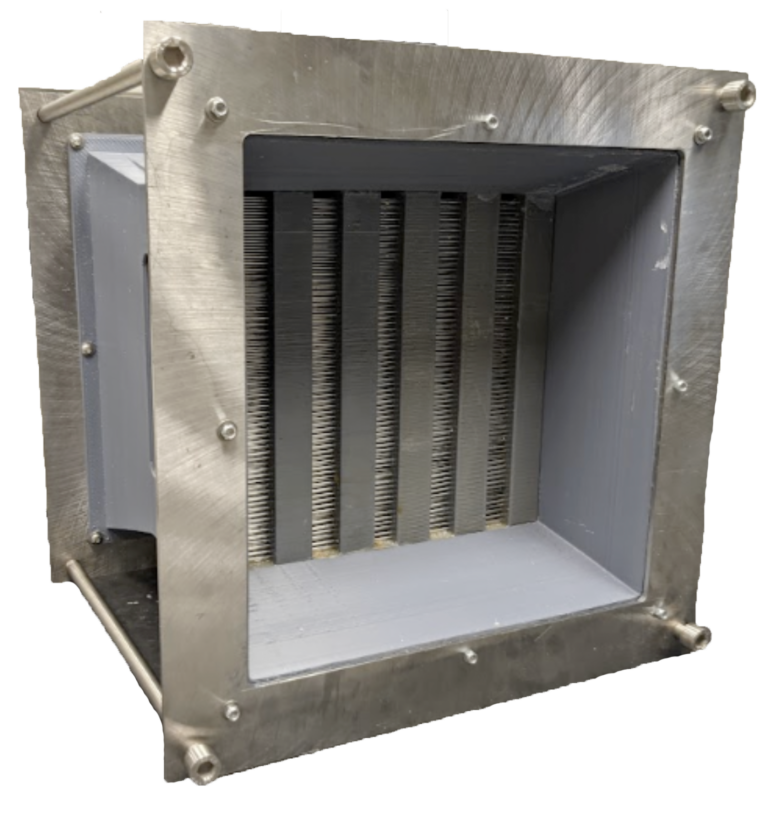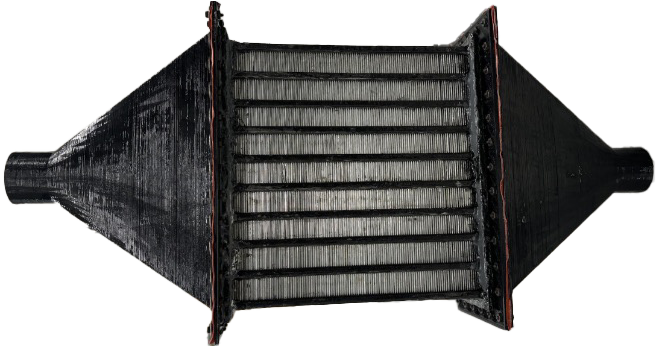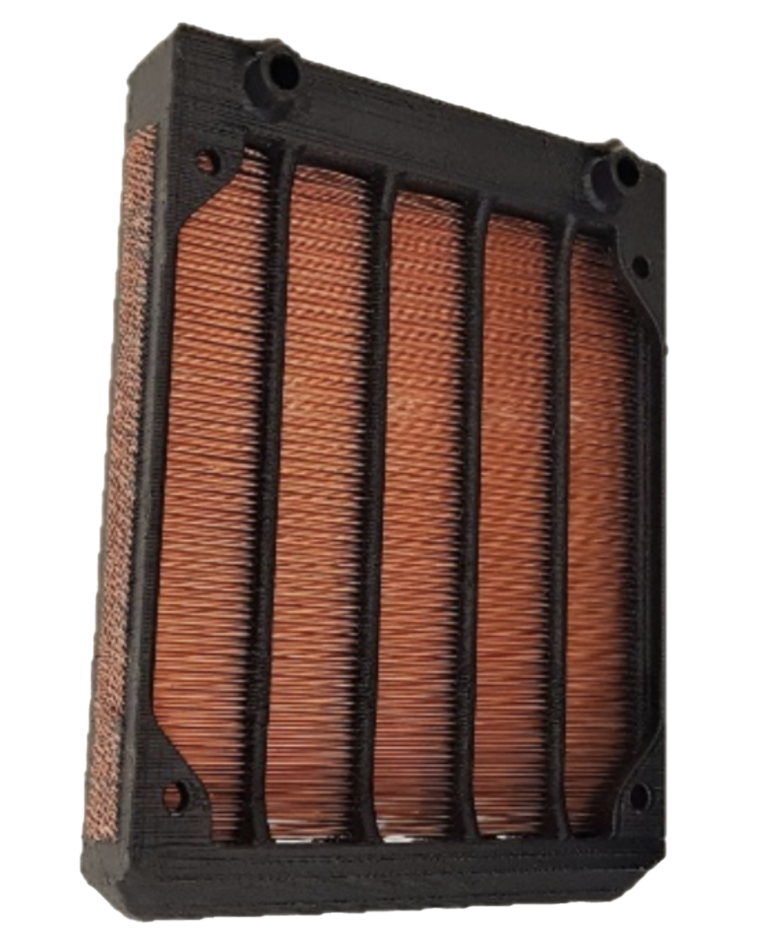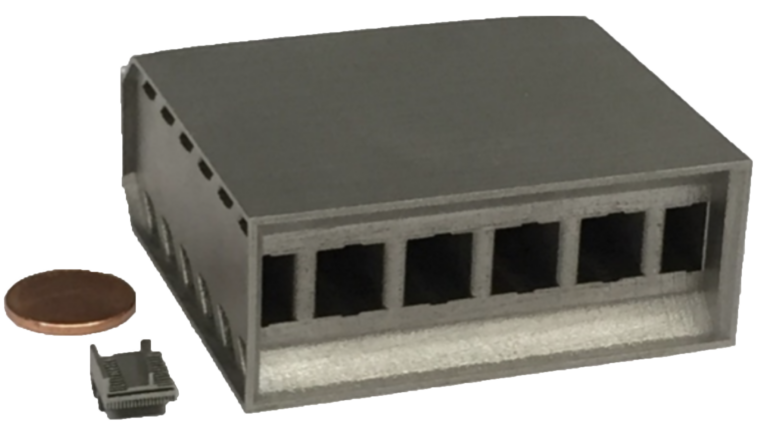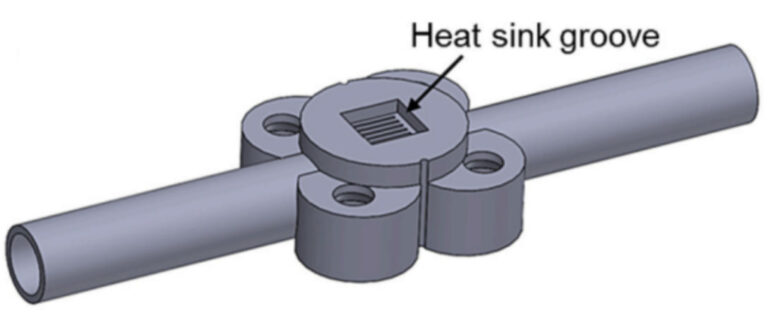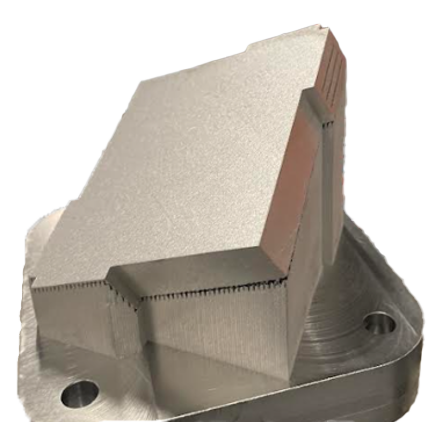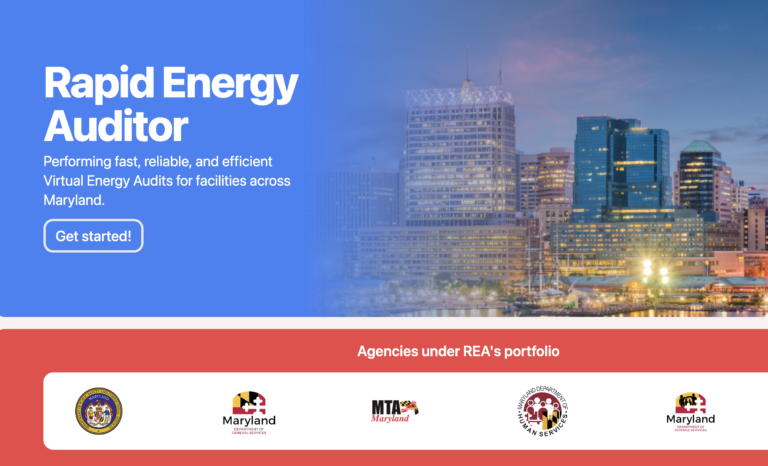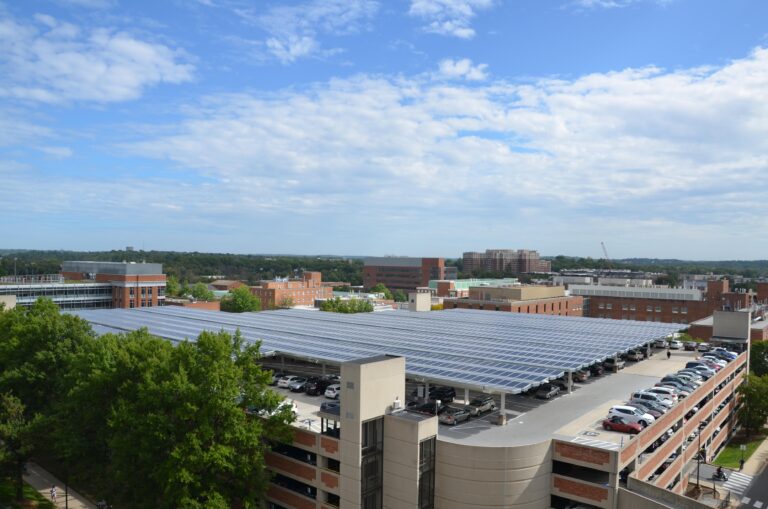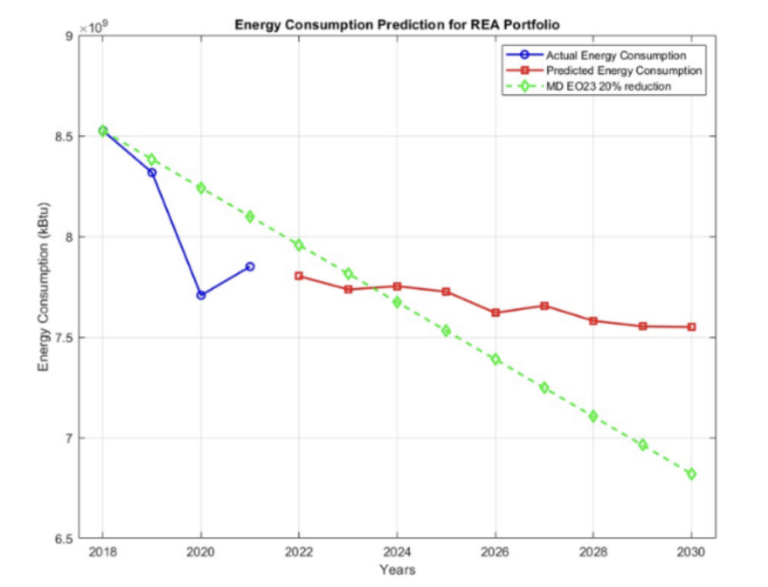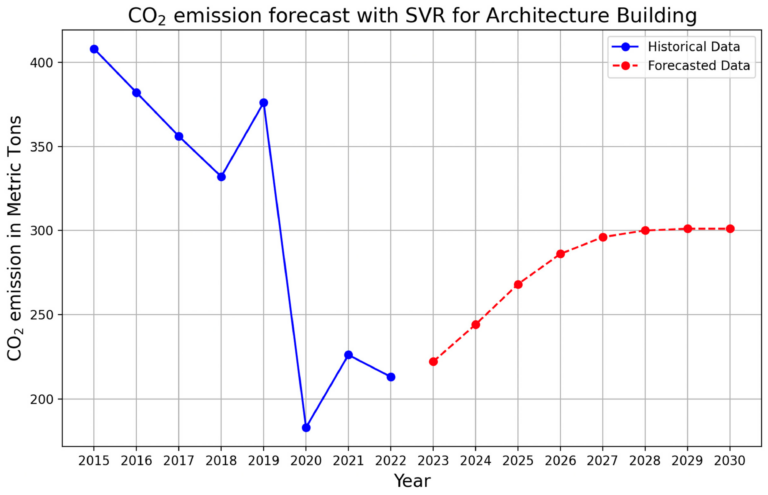Our
Research
Our Research
Advanced Heat Exchangers
Innovative Heat Transfer Solutions
Process Intensification & Control
Advanced Materials & Manufacturing
Energy Audit
Energy Audit
Building Energy Performance Analysis
Sustainable Energy Solutions & Optimization
Regulatory Compliance & Cost Savings
Equipment & Facilities
Environmental Chamber
The environmental chamber at AHXPI can go from as low as -10 °C to +50 °C. We perform PCM characterization studies in the chamber, allowing us to analyze thermal performance under a wide range of controlled temperature conditions.
Additive Manufacturing of Heat Exchangers
We are equipped with two custom 3D printers which can 3D print polymer-metal composite heat exchangers. Our Gen3 3D printer has a large build plate area of 4 ft×2ft. Gen 4 printer is an enclosed printer which can 3D print all kinds of thermoplastics.
TES Testing
AHXPI is equipped with a dedicated test section for the characterization of cross-media thermal energy storage devices. The facility includes an 80-gallon reservoir for maintaining a constant inlet temperature to the TES and a ⅓ HP centrifugal pump capable of delivering a heat transfer fluid flow rate of 20 GPM.
PCM Cyclic Testing
AHXPI features a cyclic tester capable of cycling 12 PCM samples simultaneously. The test section consists of four individual cyclers, each accommodating up to three samples. Each cycler operates within a temperature range of +5 °C to 90 °C, ensuring precise thermal cycling for material characterization.
High-Temperature Heat Exchanger Testing
We are equipped with a test loop to perform isothermal pressure testing and thermal performance testing on various additively manufactured heat exchangers. The loop utilizes chilled air for the cold side of the heat exchanger and hot compressed nitrogen for the hot side.
sCO₂ HX Testing
Our sCO₂ test loop is designed to characterize additively manufactured heat exchangers (HX) by utilizing liquid CO₂ at the HX cold inlet and supercritical CO₂ (sCO₂) at the HX hot inlet. The system operates at a maximum test temperature of 150°C and a pressure of 80 bar.
NanoCenter FabLab
The NanoCenter at UMD is a shared equipment facility staffed by highly experienced personnel, offering a range of microfabrication services, including 3D printing, annealing, deposition, etching, lithography, and metrology. Our lab extensively utilizes the NanoCenter’s nanofabrication facilities to develop microelectronics cooling devices for various projects. Most recently, after completing the necessary training, S2TS lab members have employed advanced fabrication techniques such as maskless lithography, deep reactive-ion etching, and e-beam evaporation to create a device designed for cooling computer chips.
Terrapin Works
Founded in 2014, Terrapin Works is a division of Engineering Information Technology within the A. James Clark School of Engineering. It offers rapid prototyping, advanced manufacturing, and digital design services to the S2TS lab and the broader campus community. The center provides access to over 100 consumer, research, and industrial-grade 3D printers, as well as high-end subtractive manufacturing systems capable of producing complex parts in a variety of materials. Additional resources include 3D scanning systems, CNC machining, laser cutting, powder coating, and an array of power tools.
Single- and Two-Phase Heat Transfer Testing
We are equipped with a testing setup for testing cooling devices (cold plates), which is used for cooling high-performance processors in data centers. The setup used to emulate the processor’s heat is called TTV (Thermal Testing Vehicle) and has the capacity to deliver 100W of heat. The cold plates, which use either a single-phase or two-phase cooling approach, can be attached to the TTV to have their performance evaluated.

